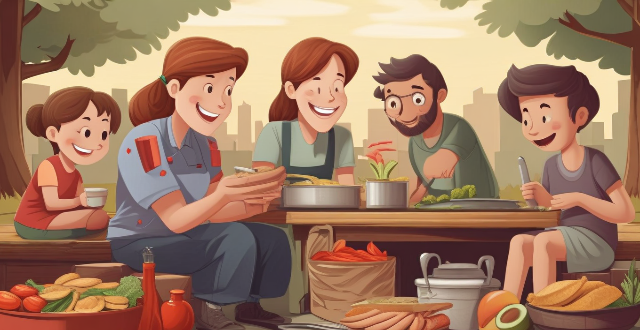Organizing a food festival requires careful consideration of health and safety measures to protect vendors and attendees. Key areas include sanitation and hygiene, allergy information and labeling, food safety inspections, first aid and emergency response, crowd management, fire safety, and cleanliness and waste management. By implementing these measures, you can ensure a safe and enjoyable event for all.

Health and Safety Considerations for Organizing a Food Festival
1. Sanitation and Hygiene
- Hand Washing Stations: Ensure that there are enough hand washing stations throughout the festival area. These should be easily accessible to both vendors and attendees. Use signage to encourage regular hand washing.
- Food Handling Practices: Vendors must follow proper food handling practices, including using gloves, avoiding cross-contamination, and maintaining appropriate temperatures for different types of foods.
2. Allergy Information and Labeling
- Clear Labeling: All food items must be clearly labeled with potential allergens. This includes common allergens like nuts, gluten, dairy, and shellfish.
- Separate Preparation Areas: Create separate preparation areas for allergen-free food options to avoid cross-contamination.
3. Food Safety Inspections
- Regular Inspections: Arrange for health inspectors to regularly check food stalls during the festival to ensure compliance with safety standards.
- Vendor Training: Provide training sessions for vendors on food safety protocols before the event.
4. First Aid and Emergency Response
- First Aid Stations: Set up first aid stations strategically located throughout the festival grounds. These should be fully stocked with essential medical supplies.
- Emergency Plan: Develop an emergency response plan in case of accidents or health issues. This includes procedures for evacuation, dealing with severe allergies, and handling food poisoning incidents.
5. Crowd Management
- Entry and Exit Points: Clearly mark entry and exit points to facilitate smooth flow of attendees and avoid overcrowding.
- Festival Layout: Design the layout of the festival to ensure easy movement and minimize bottlenecks. Consider one-way systems if necessary.
6. Fire Safety and Equipment Safety
- Fire Extinguishers: Have fire extinguishers available at each food station and throughout the festival area.
- Safe Use of Equipment: Vendors must use cooking equipment safely and avoid using any open flames in crowded areas without proper safety measures.
7. Cleanliness and Waste Management
- Trash Bins and Recycling: Place sufficient trash bins and recycling bins around the venue. Encourage vendors and attendees to dispose of waste properly.
- Cleaning Crews: Assign cleaning crews to regularly clean public areas, restrooms, and food areas to maintain hygiene levels.
By addressing these key considerations, you can create a safe and enjoyable environment for everyone involved in your food festival.